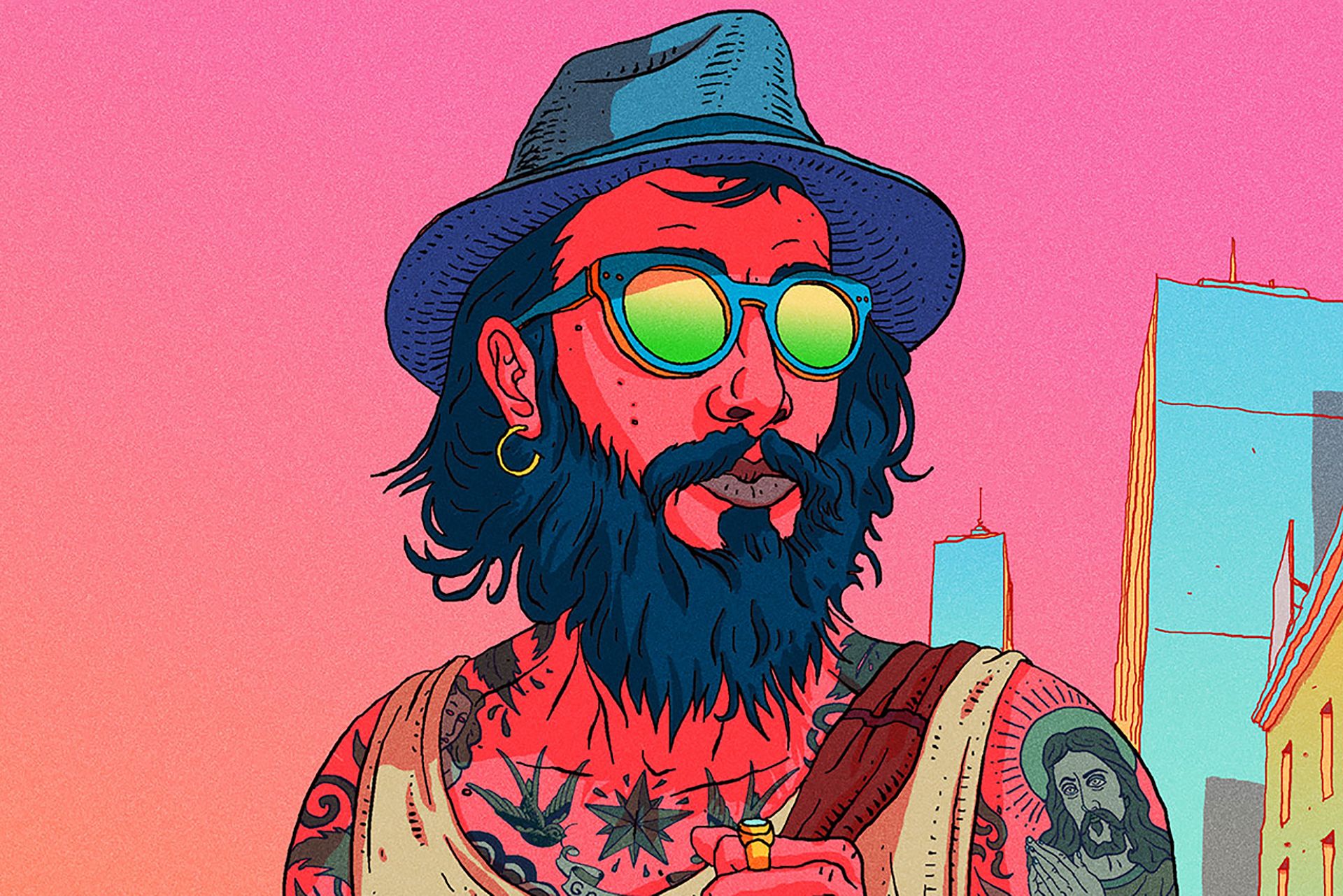Exploring the Hidden Stories: Fascinating 1930s Tattoos Uncovered
– During the Great Depression in the 1930s, tattoos began to lose their negative connotations and became more accepted by society.
– The introduction of Social Security numbers by the US government led to many people having their social security numbers tattooed on their bodies during the 1930s.
– These tattoos were often simple and small, consisting of just the number in black ink on the arm.
– More elaborate tattoos from the 1930s included patriotic images like eagles or American flags.
– Some individuals had their blood type tattooed alongside their social security number in the 1930s.
– The exhibition “Tattooed New York” at the New-York Historical Society showcases the history of tattooing in New York from the 1700s to the present day.
– The exhibition explores Native American body art, tattooing by sailors and soldiers, sideshow culture, the ban on tattooing in 1961, and the subsequent resurgence in tattoo art.
– The role of women in tattooing and how tattoos have been used as a form of empowerment is also focused on in the exhibition.
– Samuel O’Reilly, a New York tattoo artist, invented the first electric tattoo machine in 1891.
– O’Reilly’s machine revolutionized the tattoo industry, resulting in more precise tattoos and less bleeding.
– Lady Viola, born in 1898, became known as “the most beautiful tattooed woman in the world” in the 1930s.
– Millie Hull, also known as Wagner’s Tattooed Lady, was a prominent tattoo artist in the 1930s who learned from Charlie Wagner on the Bowery in New York.
– Charlie Wagner was a renowned tattoo artist in the 1930s, and his tattoo machines were highly popular.
– Painless Jack Tryon, also known as “Three Star Jack,” was a tattoo artist who worked as an attraction in the 1930s.
– Colonel William Todd, in the late 1940s, got tattooed by Painless Jack Tryon and later used a tattoo machine provided by Tryon to tattoo his friends on the base.
– Fred Grossman, also known as Coney Island Freddie, was a Jewish tattoo artist who sued the city for banning tattooing in New York City in 1961.
– Ruth Marten was a notable figure in the tattoo underground in the 1970s and 1980s, practicing tattooing during the disco and punk era.
– Maury Englander’s digital print of a tattooed family at the first New York City Tattoo Convention in 1998 is held by the New-York Historical Society.
